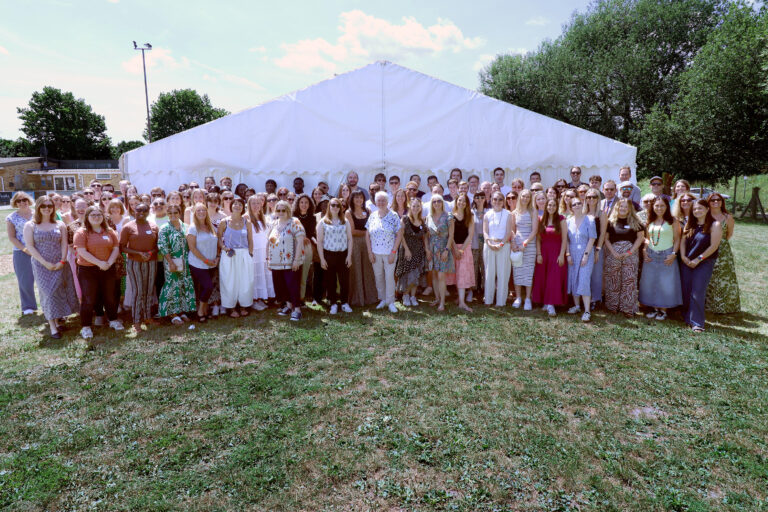Qualitative research with children and young people.
22nd June 2018
Walnut Unlimited

Qualitative research with children and young people
We have a lot of experience of researching children and young people, of all ages, across different categories and different markets (including international). This includes FMCG, toys and games brands, digital, media and communication channels and social research.
Researching children and young people requires a slightly different skill set from researching adults. Depending on the age of the child, you need to understand where they are at cognitively, physiologically, sociologically and – for this tech savvy group where they are at – digitally. It’s important to have some knowledge of their world, influences and language.
With this in mind, here are our 7 golden tips for recruiting children and young people for qualitative research.
1. Keep sessions short. Aim for a max of 45 minutes, whereby the time is clearly planned and structured. They will get tired a lot quicker than adults but also need longer to think and respond. Let them know your plan and what you’re trying to get out of them.
2. Select a ‘Homely’ environment, or a fun viewing facility. There are many around, and if you can’t find one then you can create the ideal space.
3. Recruit friendship pairs or triads. Keep any groups small. This will enable you to hit the ground running as well as putting the kids at ease.
4. When recruiting and planning the session, think of children and young people in stages not ages. Try to keep the ages close together. The difference in a five and seven year old is a lot more noticeable than the difference in a 35 and 45 year old.
5. Where possible, keep sessions single sex. Boys and girls think very differently about most things BUT they also describe things very differently. Boys will get straight to the point whilst girls will give you more explanation.
6. Use stimulus and games / exercises. It’s not school, they love doing something lively and feeling like they’ve done something well.
7. Give positive feedback but don’t be OTT. If you tell them that they’re doing ‘excellently’, then they have no way of bettering that. Give them realistic praise and reassure them that they are clever thinking.
More Insights

Exploring attitudes towards debt policies supporting people who are struggling with debt burden in Britian – March 2024

It drew me in… Christmas advertising is not only about storytelling, it is about the story of us as humans
NEWSLETTER
Sign up for the latest treats straight to your inbox










































































